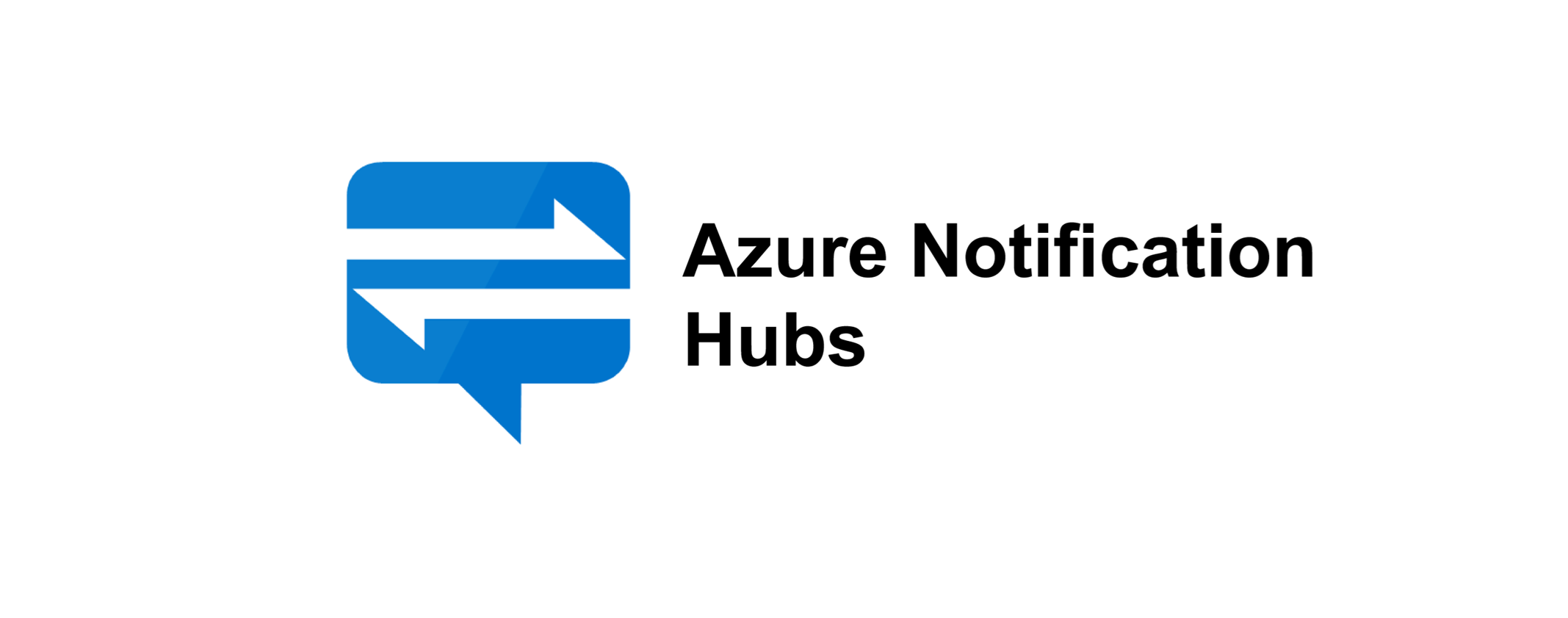Azure Notification Hubs 🚀📱
🧠 What is Azure Notification Hubs?
At its core, Azure Notification Hubs (ANH) is a platform-agnostic push notification service. It abstracts away the complexities of dealing with different vendor push systems like:
- Apple Push Notification Service (APNS)
- Firebase Cloud Messaging (FCM)
- Windows Notification Service (WNS)
It supports tagging, templating, broadcasts, and targeted messages. It’s optimized for high scale, like sending millions of messages in a short time.
🛠️ Setup Overview
Before we write code, here’s what you’ll typically do:
- Create a Notification Hub on Azure.
- Configure platform credentials (like FCM key, APNS certificate).
- Register your devices in your mobile apps.
- Send push notifications via backend or Azure functions.
🏗️ Step 1: Create a Notification Hub
In the Azure Portal:
- Go to Create a resource → Notification Hub.
- Provide a namespace (like
mynotifynamespace) and hub name (myhub). - Link it to a resource group and region.
- After it’s created, configure platform settings like FCM and APNS credentials.
🤖 Code Example: Registering Android with FCM
Here’s how you register an Android device using FCM:
| |
This allows Azure to send messages specifically to devices tagged with
newsorsports.
🍏 Code Example: Sending Notification via .NET
Here’s how you send a message from your server:
| |
You can also send to specific tags like this:
| |
📨 Templated Notifications (💡 Bonus Feature)
Templates allow you to send localized or customized messages without crafting multiple payloads.
Example Registration Template (on the client):
| |
Then from your server:
| |
Boom — every client gets their own customized message based on their template!
📊 When to Use Azure Notification Hubs?
- Massive scale push notifications across platforms.
- Targeted user segments (via tags).
- Integration with backend systems or Azure Functions.
- Time-sensitive alerts or real-time updates.
🧪 Gotchas and Tips
- Use tags instead of creating too many hubs.
- Prefer templates for localization and dynamic content.
- Monitor telemetry via Azure Monitor or custom logs.
- Use Access Policies for proper security (Listen vs Full Access).
🎉 Wrap-Up
Azure Notification Hubs takes the pain out of building multi-platform push notification systems. Whether you’re building a sports app that blasts real-time scores or an e-commerce app that nudges users with sales — Notification Hubs has your back.
It’s scalable, flexible, and surprisingly easy to integrate once you get the hang of it.
🔑 Key Ideas
| Key Idea | Summary |
|---|---|
| What is it? | Cross-platform push notification system |
| Use Cases | Alerts, updates, real-time notifications |
| Platforms Supported | iOS, Android, Windows, Kindle |
| Tags & Templates | Targeted and dynamic notifications |
| Server SDKs | .NET, Java, Node.js, REST |
| Integration | Azure Functions, Logic Apps, Mobile Apps |
🧠 Pro Tip: Think of Azure Notification Hubs as the air traffic controller for your push notifications — directing messages to the right device, in the right language, at the right time.
| |
